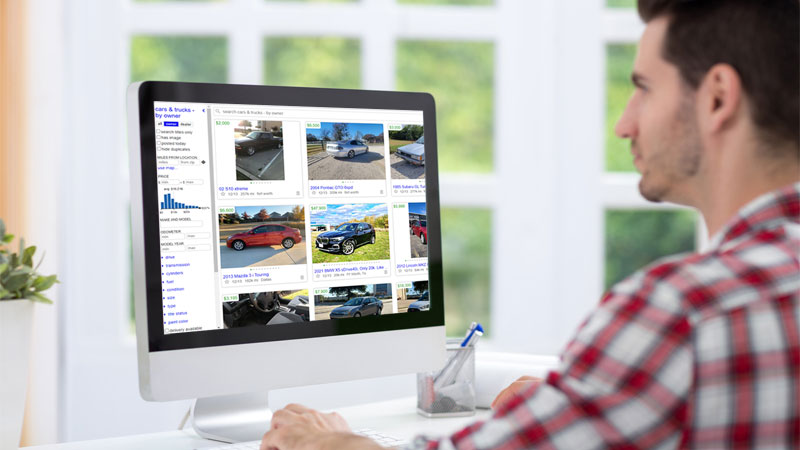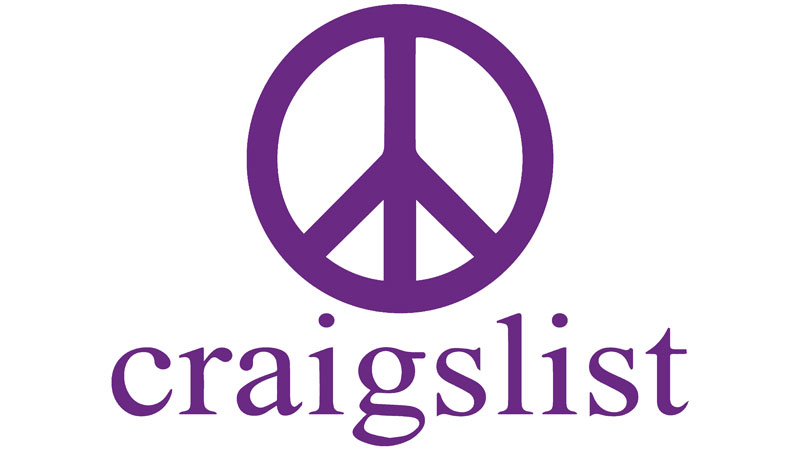Craig Newmark launched the website that bears his name in 1995. Since then, Craigslist has turned the classified ad market upside down, draining billions of dollars from newspaper coffers while saving consumers a mint.
However, consumers have also lost plenty of money through Craigslist, typically falling for one scam or another that has extracted hundreds, sometimes thousands of dollars from them. Here’s a sample of the Craigslist car scams that have been perpetuated and how best to avoid each one.
Craigslist Car Scam #1
Out of area buyers. The Craigslist people confirm that nearly all scams can be avoided if people would only deal locally.
One particular car scam has it where an individual promises to ship a vehicle to the buyer and doesn’t follow through. Further, that individual asks to have payment wired to them before the car is sent. Under this scenario you will get neither the car nor your cash back.
Craigslist Car Scam #2
A deal that is simply too good to be true. Most used cars are priced according to Kelley Blue Book or NADA Car Guide values.
When shopping for a car, find out the make, model, model year, trim level and mileage. Then, plug that information into the KBB or NADA sites and you should find a figure that’s close to the published value.
Anything that is priced much less should raise your suspicions — it might have been in an accident, damaged by a flood or the odometer may have been rolled back.
Craigslist Car Scam #3
VIN cloning. Every vehicle built over the past six decades has a vehicle identification number or VIN. You can find the VIN on the dashboard and usually on the driver side door post. Other locations include in front of the engine block, in the rear wheel well and underneath the spare tire.
These numbers must match wherever they are found. Even so, you should order a vehicle history report to uncover possible VIN cloning where a number from one car has been transposed to another vehicle.
In general, giving out a VIN is safe but a few scammers can use this information for non-legit purposes.
Craigslist Car Scam #4
Payment problems. The best transaction when buying or selling a car is cash. As long as the bills are legitimate, the transaction can be completed without a problem.
But problems will arise if a cashier or certified check is used — both types of checks along with money orders can be forged. If the buyer doesn’t have cash on him, then go with him to his bank and have him withdraw the full amount and hand those bills to you.
Craigslist Car Scam #5
Payment cheating. Another payment scam involves sending money via prepaid debit card. Here, the seller may say that the car is in storage and can be released once payment has been sent via a prepaid debit card, such as MoneyPak.
With MoneyPak, all you have to do is give the seller the card numbers and that money can be removed at once. Again, avoid any kind of transaction that is conducted remotely or one that doesn’t insist on cash.
Lastly, never give out your personal financial information when dealing with anyone through Craigslist. That means keeping your bank account, Social Security Number, Paypal account, and other information private. Share even a tidbit of information and the savvier among the shysters will find a way to purloin your hard-earned funds.
- 2024 Mazda CX-50: A Compact SUV with Premium Aspirations - Apr 15, 2024
- 2024 Ford Mustang (Iconic Pony Car Evolves) - Apr 4, 2024
- 2024 Ford Maverick (Looks Like a Truck, Drives Like a Car) - Mar 28, 2024


